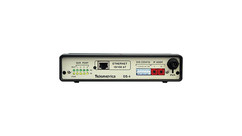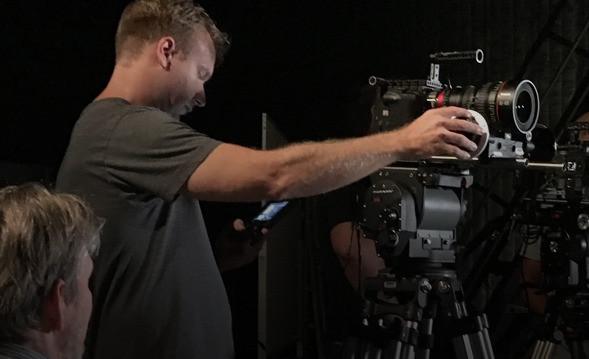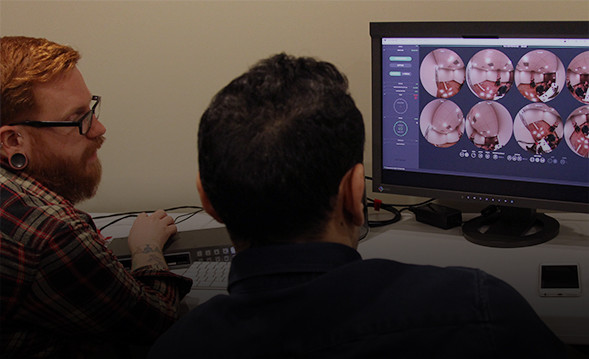Overview
Join us for the Narrative Cinematography Bootcamp live from the comfort of your home, on the road, or anywhere. In this interactive session, you will see the instructor and be able to ask questions. Through demonstrations using live stream switching technology, you will be taken on a tour of gear and lighting setups in real-world situations. In this course, you’ll learn the ins and outs of camera placement and movement for narrative work, and you’ll explore strategies, tips, and tools for effective indoor and outdoor lighting.
How to Register
The Narrative Cinematography Bootcamp is presented in two separate sections, "Camera Placement and Movement for Storytelling" and "Lighting for Storytelling". These sections are each presented in two parts, which take place on separate days of instruction. Within each section, you can purchase a ticket for just Part 1 for $75 or Parts 1 & 2 for $130. Please note that you cannot attend Part 2 without attending Part 1, as Part 2 will rely on concepts established in Part 1.
There is a special bundle price of $225 if you plan to take both parts of Camera Placement and Movement for Storytelling and both parts of Lighting for Storytelling. Please contact training@abelcine.com for more information and to register for all four parts.
This class takes place on the Zoom video conference platform, which is free to join and easy to use. Instructions will be sent to you before the class begins. Once the class starts, you will see the instructor, the gear being used, including through the camera being demonstrated, and the instructor's presentation. You will be able to ask questions via a live, moderated chat. After the class ends, you will also receive a copy of the instructor's materials and a recording of the class.
This nuts and bolts course will go beyond the basic film school setups to introduce you to cinematography concepts that will serve you in narrative TV and film.
Topics include:
Camera Placement and Movement for Narrative Film and TV
Part 1 - September 22
- Coverage explained
- Impact of camera placement and nomenclature of shots
- Framing essentials
- Breaking down a dialog screen into shot lists, storyboards, and previz
- Modes of camera movement and when to use them
Part 2 - September 23
- Creating rules for framing and movement—zero tilt, separating pan from tilt
- Tracking and developing shots
- Counter moves, crane moves and jibs, panning vs tracking
- The geared head—controlling remote heads via wheels
- Libra Head or Weaver Steadman Head, intro to remote heads, joystick vs wheels
- Moving with subjects, objective camera, moving to create story, reveals, developing shots, covering a scene with a single shot
- Subtle moves for emphasis
- Working with action safely























